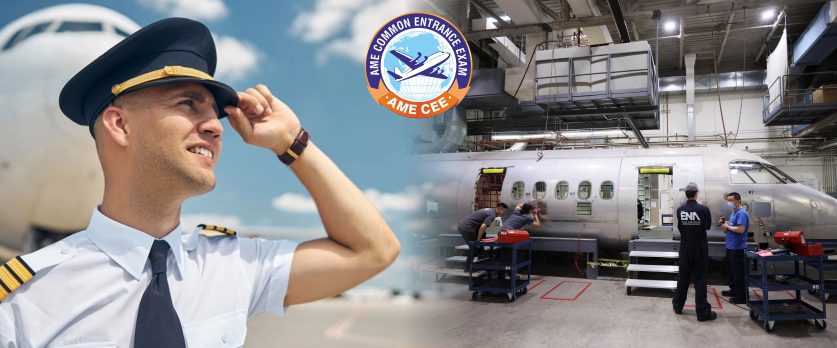What is the news about?
Although there is still a need for commercial airline pilots, the situation is less dire now than it was last year. Airlines have been putting a lot of effort into addressing the issue over the past year. Due to a lack of pilots, many airlines reduced service to less well-known and remote locations in 2022.
Also, carriers increased pilot salaries—significantly in the case of minor airlines—and offered more rapid professional promotion routes in an effort to increase the pilot workforce. Candidates were more likely to apply when they were aware of the impending, ten-year scarcity, which gave them renewed hope for long-term employment security in what has occasionally been a boom-and-bust sector. The efforts are starting to pay off.
The most recent Oliver Wyman analysis indicates the shortage will be less severe than anticipated, despite the fact that airlines will still need to maintain a delicate balance for the remainder of the decade, particularly if anticipated demand materialises. Instead of the peak shortfall of close to 30,000 pilots that was formerly anticipated in the wake of COVID-19 early retirements, we now project a peak shortfall of roughly 24,000 pilots in 2026. That still accounts for around 23% of the pilot personnel, thus the issue has not yet been fully resolved.
We anticipate the gap to close to around 17,000 by 2032, or 15% of the workforce, which is roughly where it will be this year and the following. The better prognosis is due to an increase in pilots pursuing air transport pilot (ATP) certification, which is required to fly commercial aircraft and eventually advance to the position of captain.
Compared to just over 5,000 in 2021 and almost 7,000 in 2019, the Federal Aviation Administration (FAA) claimed that it issued more than 9,500 ATP certificates in 2022. A new aviation employment shortfall, including aircraft mechanics, is emerging as the pilot issue eases. According to an Oliver Wyman analysis, we predict that there will be a shortage of aviation maintenance employees in North America this year, and just like the pilot shortage, this problem will get worse over the next ten years.
A scarcity of aviation mechanics exists?
The most pessimistic scenario puts the supply imbalance at more than 48,000 aeroplane maintenance personnel by 2027, which is predicted to be the worst year for the shortage, or a shortfall of approximately 27%. A disparity of about 43,000, or more than 24%, is predicted by our more likely scenario.
Why do airline corporations value flight mechanics?
The safety of passengers on aircraft is greatly impacted by aircraft mechanics. They carry out regular inspections to ensure that aircraft continue to operate as intended, and they fix aircraft to keep them in service.
Conclusion
Over the next ten years, there are expected to be, on average, 18,100 opportunities for airline and commercial pilots. The need to replace workers who change careers or leave the workforce due to retirement is predicted to cause a large portion of those openings.
To become an commercial pilot you may could join commercial pilot license through AME COMMON ENTRANCE EXAM (AME CEE) this examination you may join Commercial Pilot License approved by DGCA.


